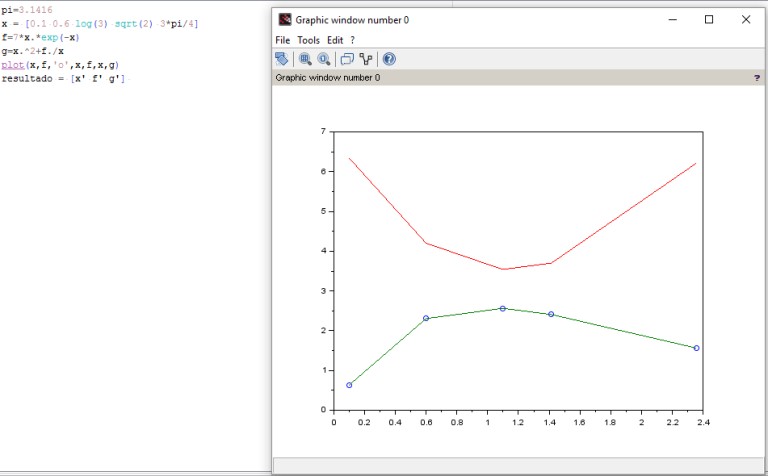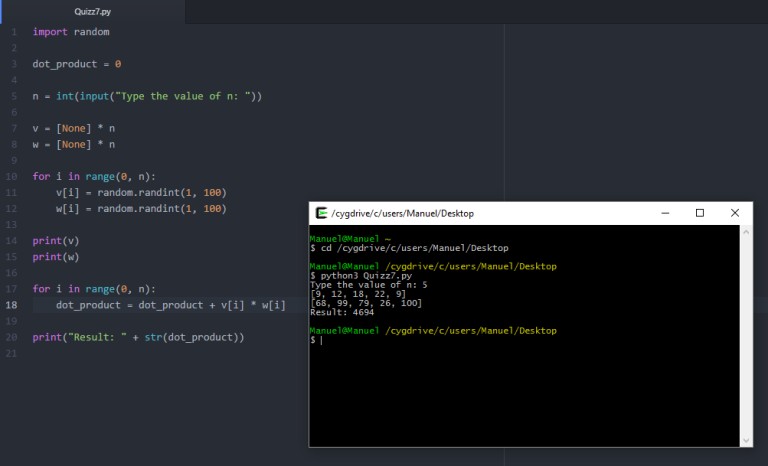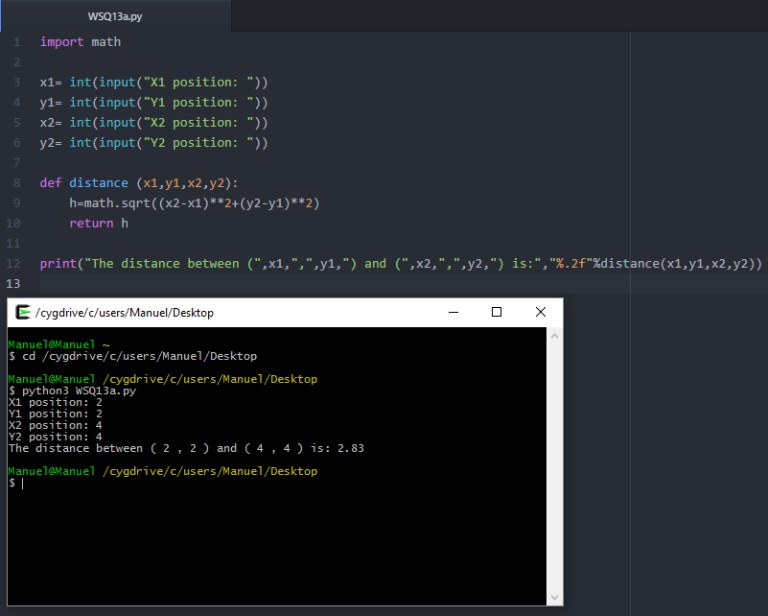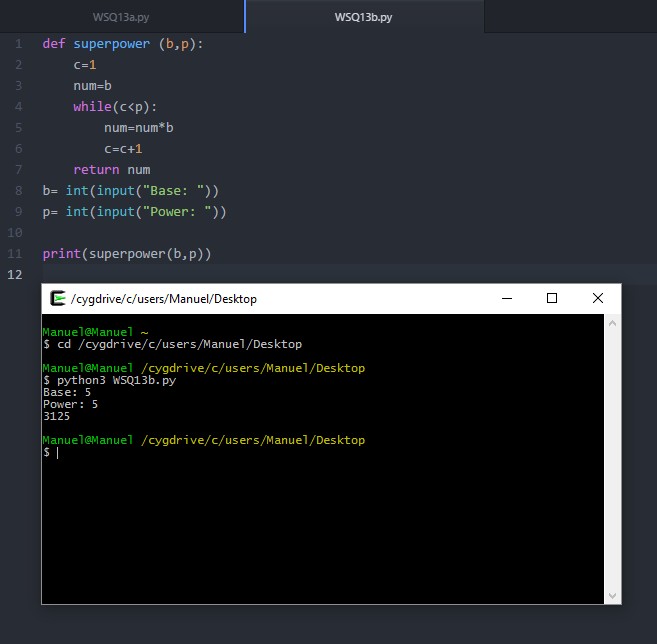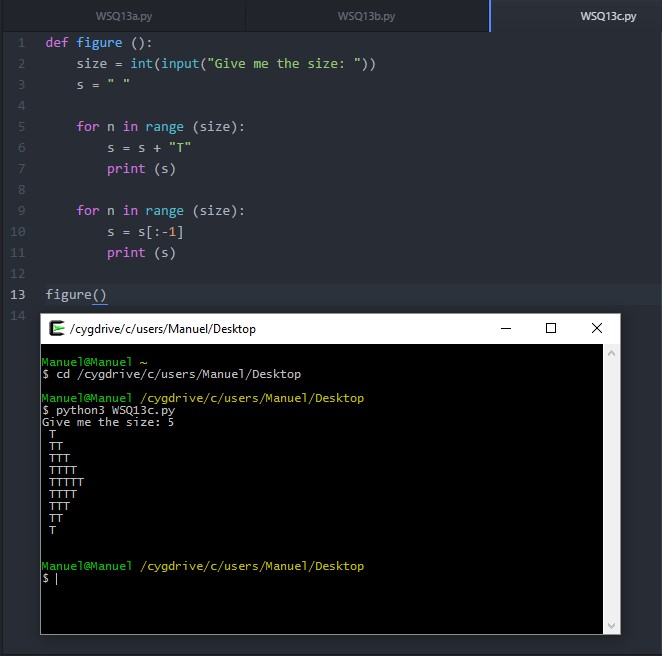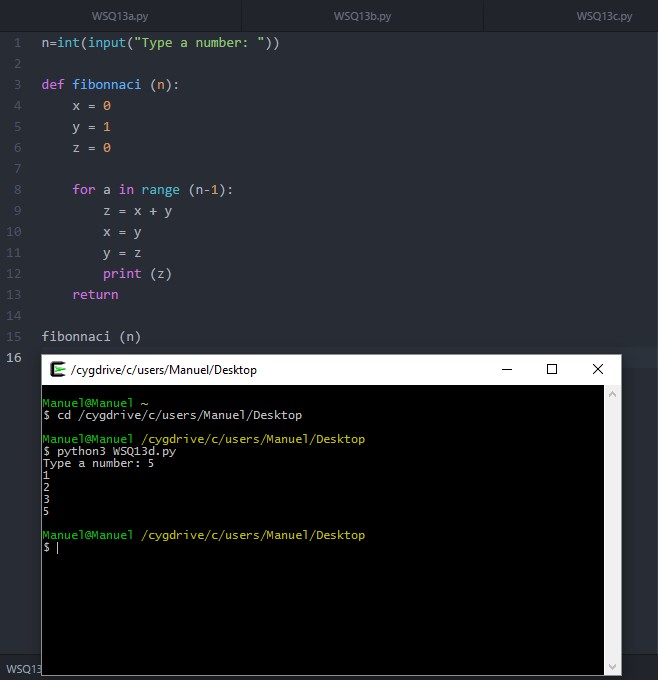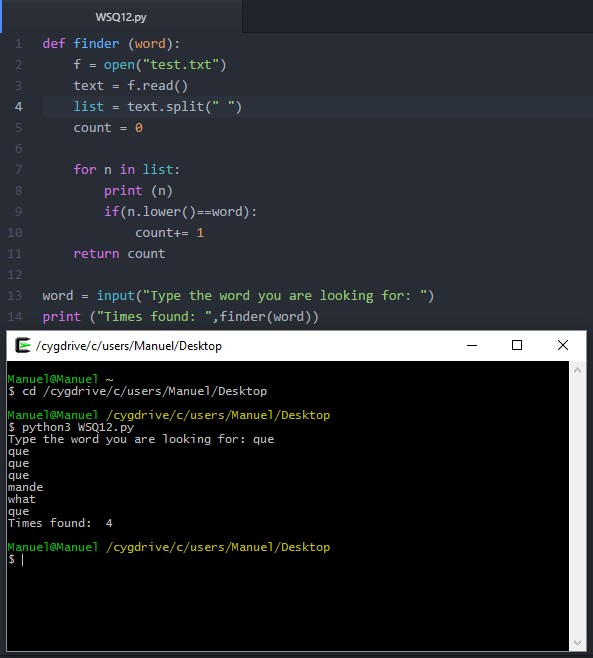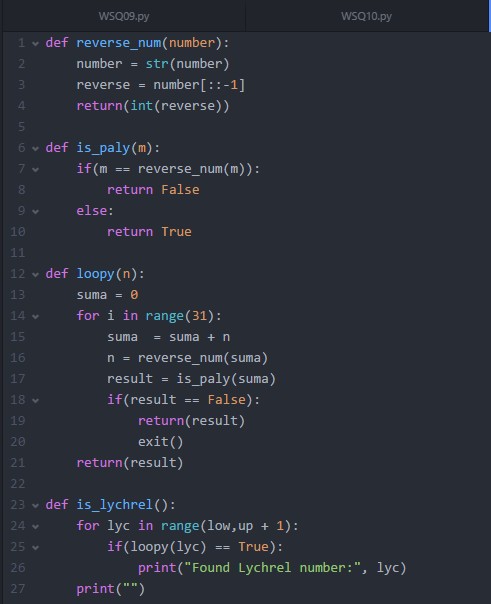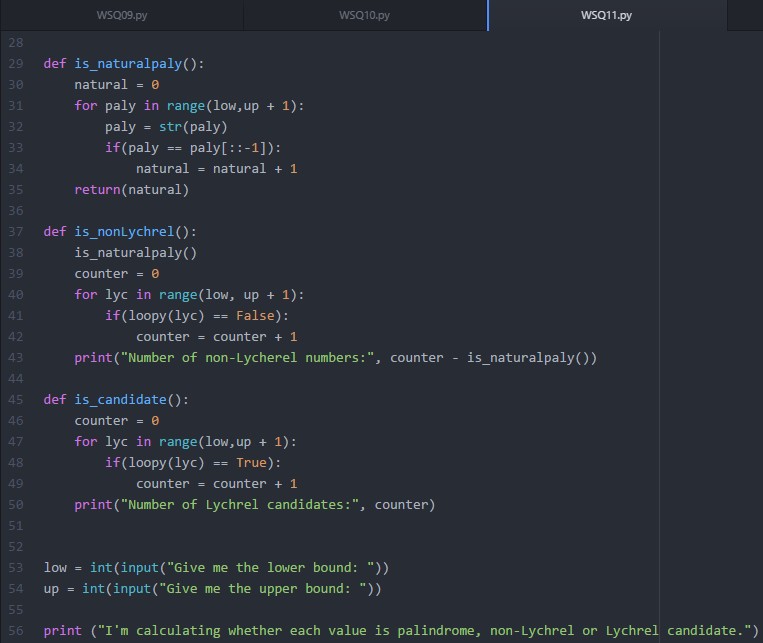The moment you’ve all been waiting for people, we finish the course. But I can’t leave without giving you a little opinion by myself about this course.
#AbolishGrades – #FlippedLearning are two types of innovative education Ken is implementing in this new “TEC21” system, making you to learn by your own at anytime you want without having any type of due dates.
I fully recommend this course for new people who hasn’t see anything about programming, plus, if you get troubled, everyone can help you, so does Ken too.
Before I forget it, I’ve uploaded all my codes to GitHub, here.
See you next time people


